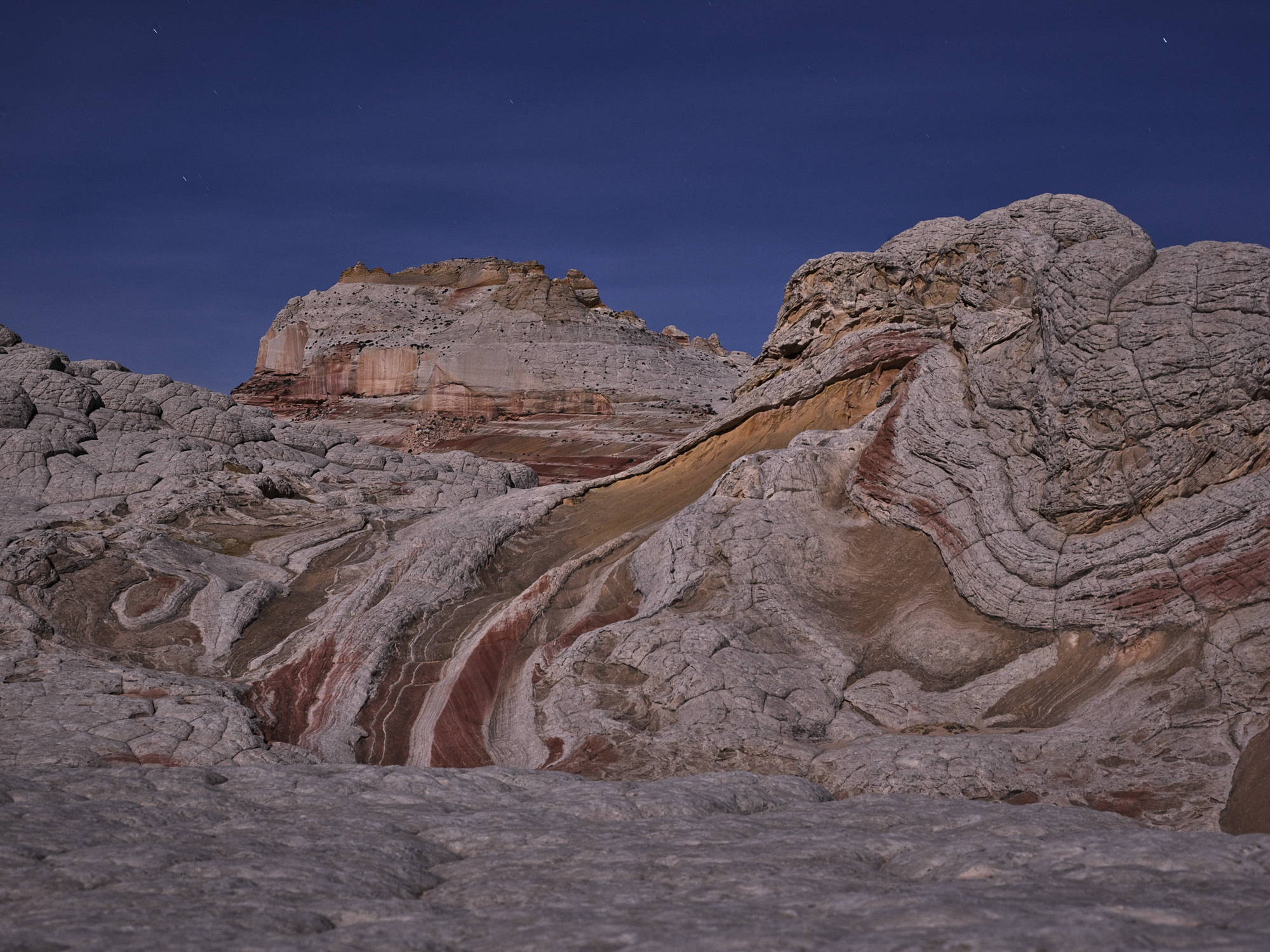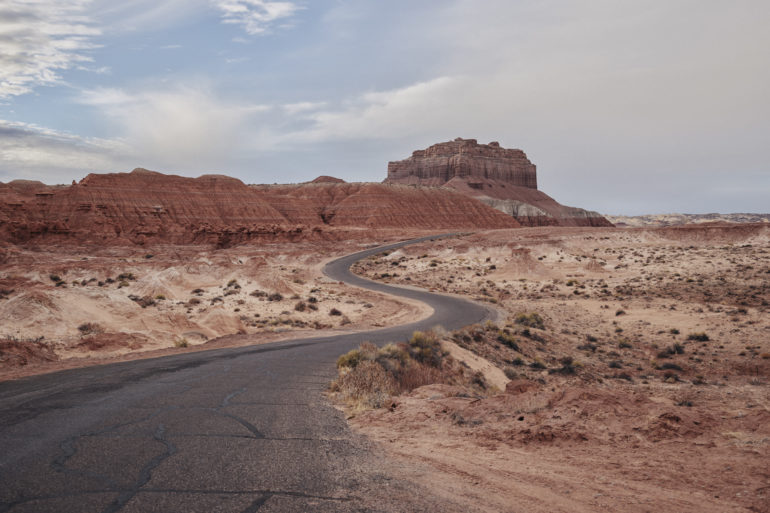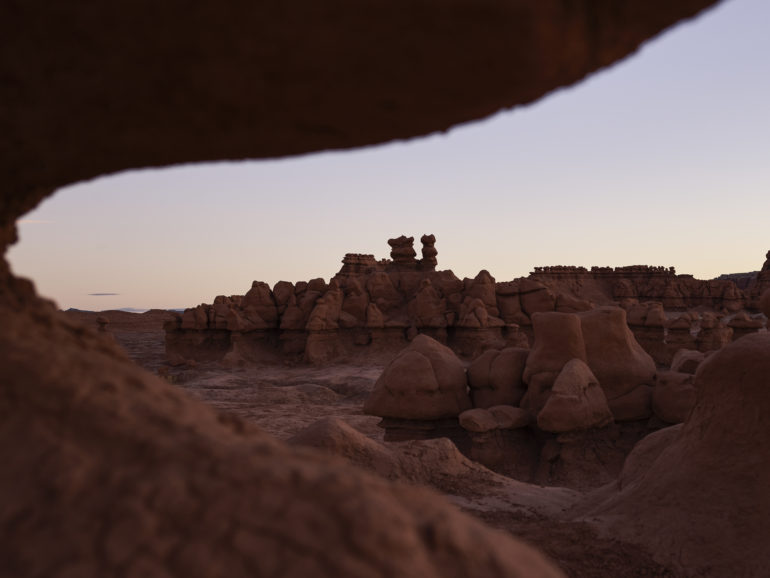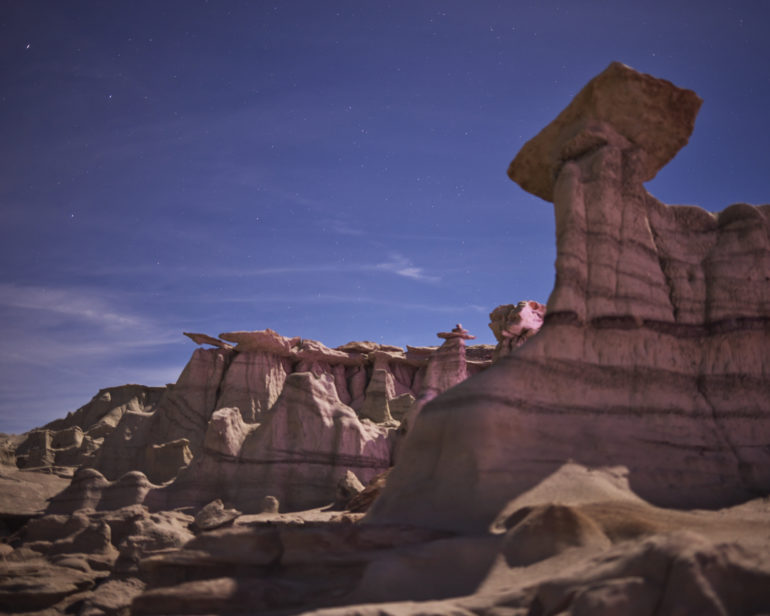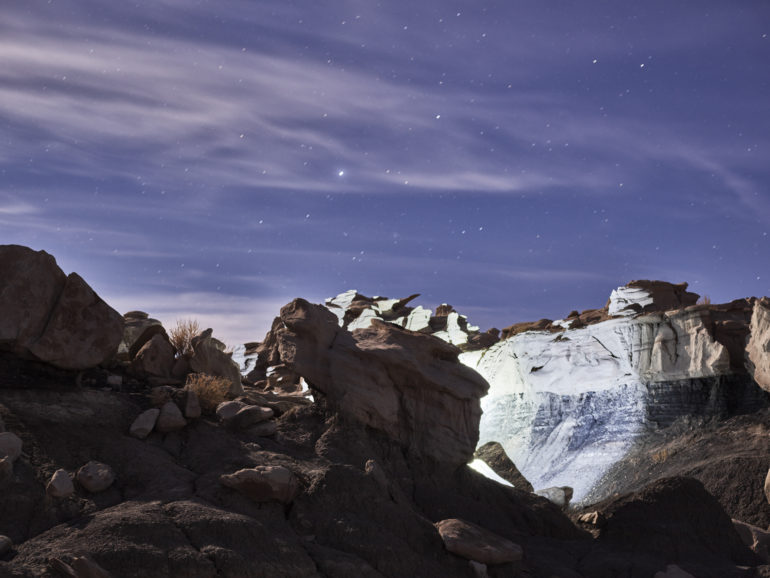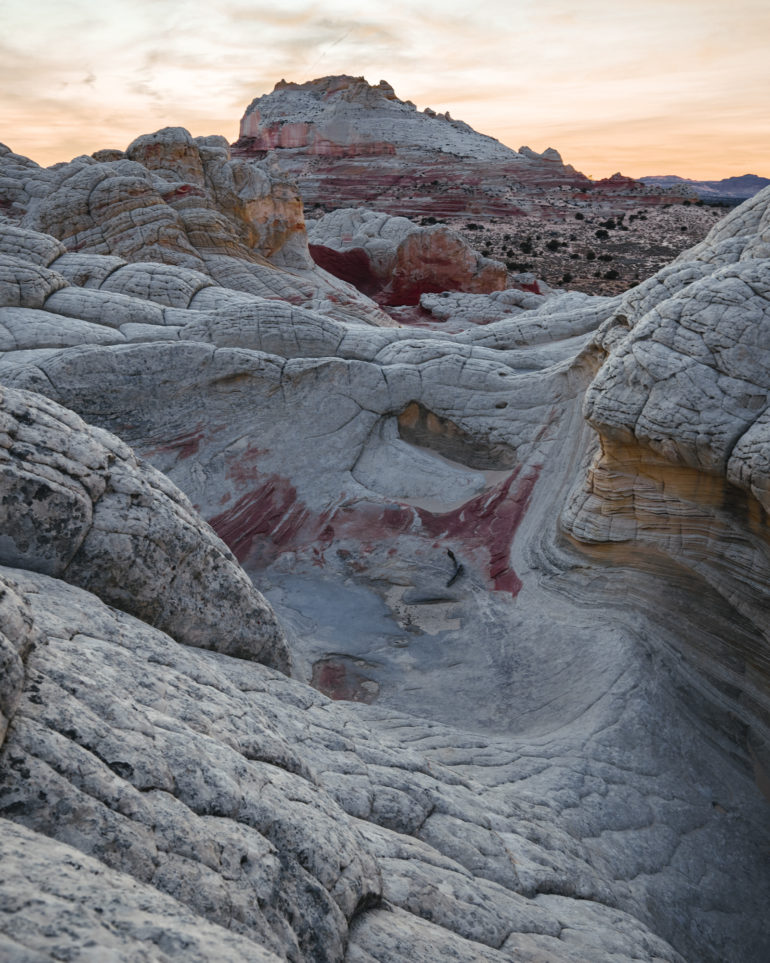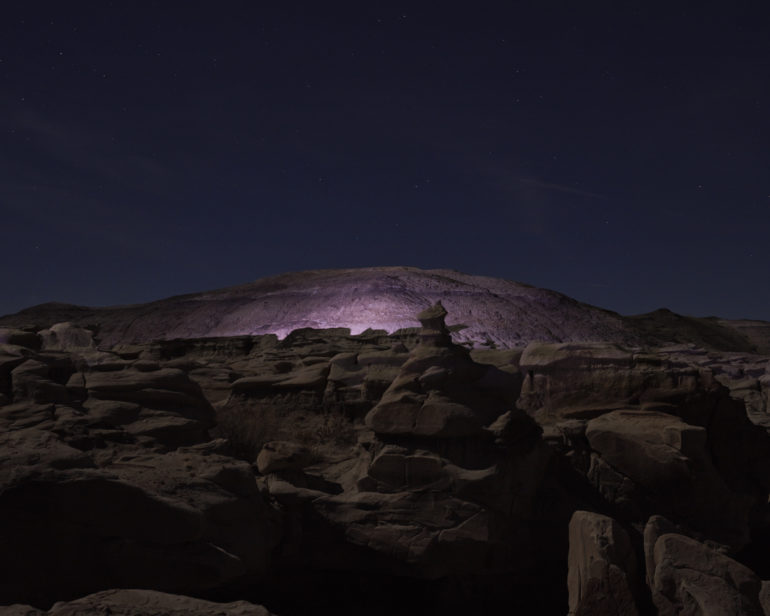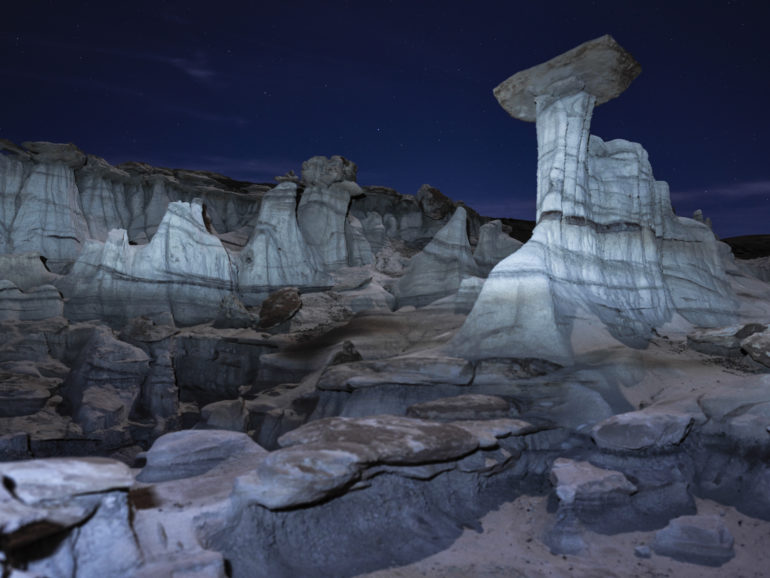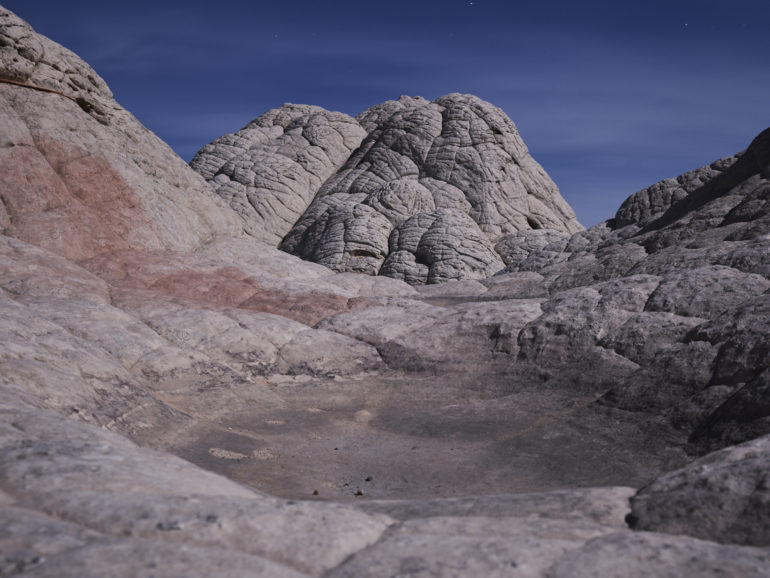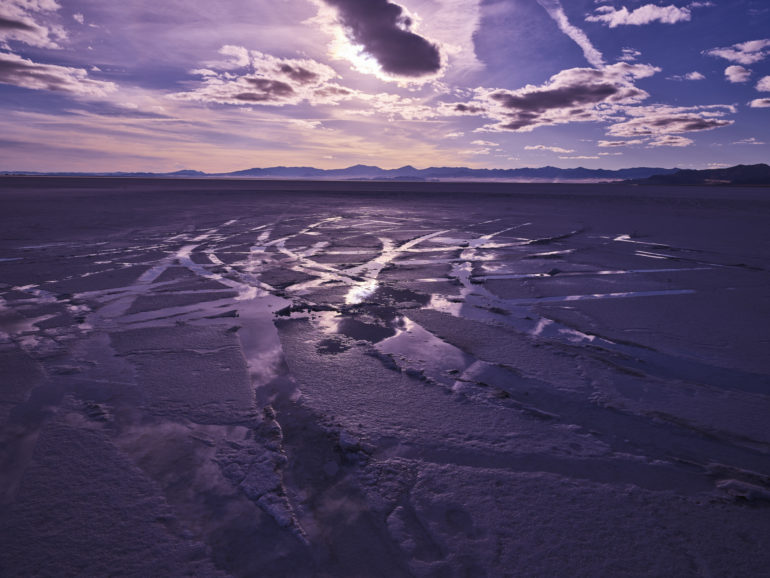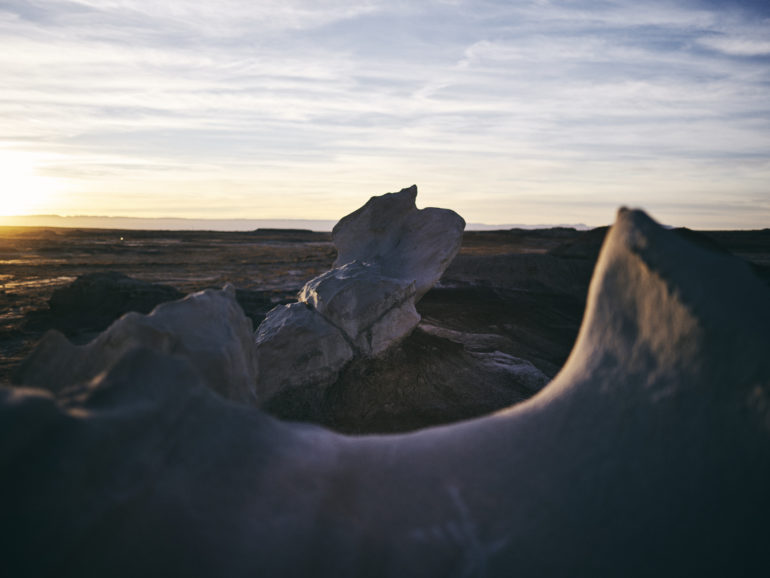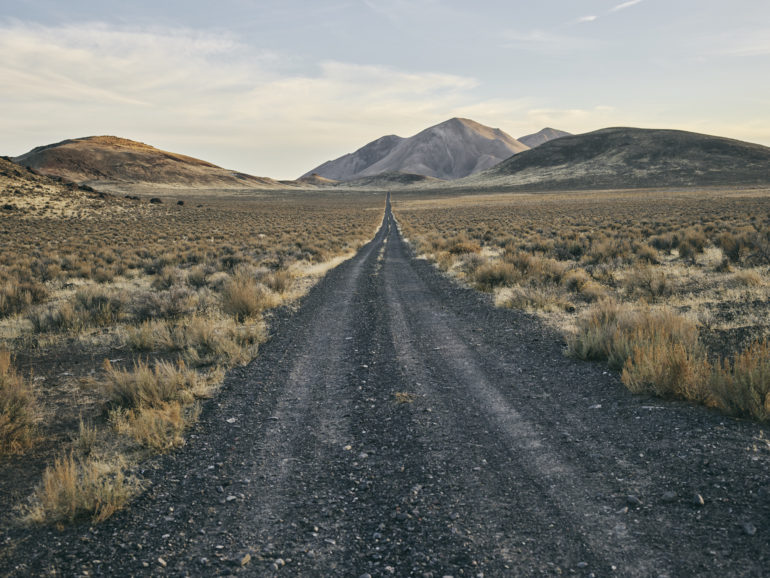Guest Blog post written by Matt Lief Anderson. All images by Matt Lief Anderson.
A lot of things need to come together for me to snap the shutter. The light needs to be right and the composition needs to be perfect. A lot of times this can mean a lot of waiting, moving closer to the subject, or a lens change before I feel like taking the photo. When I feel like the time is right, I take the shot. Sometimes the photo comes out the way I envisioned, but most of the time it doesn’t. That’s when more adjustments come into play and it’s that type of problem solving that makes photography so difficult. You can take hundreds of photos before you feel like you have the right shot. It’s a slow but rewarding process.
As a landscape photographer, I absolutely love the Southwest. Utah and Arizona offer countless incredible destinations – a lot of them relatively unknown to both travelers and photographers.
So, last fall, I planned a trip through this amazing area as I traveled from Austin to northern California. A lot of the locations that I visited were pretty empty. Many didn’t have parking lots or visitor centers, and a few of the places didn’t even have paved roads in and out of the park. That was fine with me, as I prefer to be away from masses of tourists and work in environments that most people haven’t seen or visited. In scouting locations, I was seeking locations and structures that I haven’t seen photographed a thousand times.
My Gear
I had shared some of my work on The Phoblographer a few months prior to this trip. One of the main points of the piece was that I felt my equipment tends to fall short of my expectations. I push my cameras to the limits, but I still deal with chromatic aberration and heavy digital noise — even with the best full frame cameras and lenses available.
On this trip, I wanted to create photos that I normally wouldn’t be able to capture with my other cameras. Large format film is something that I’m definitely interested in, and I’d love to do a large format project in the future. But it wasn’t conducive for this trip, because I was on a deadline. Traveling from Austin to Northern California isn’t easy, and I only had a couple of weeks. I wanted something that was portable and that I could use on the run. I knew I’d be trekking through wilderness, crossing creeks, and moving quickly on a tight schedule during the best light of the day. Mobility was key for the trip. I didn’t have the time for large format.
So, I decided to try out a professional, rather than consumer-oriented camera, and I decided to work with the Phase One Trichromatic 100MP system. As much as people talk about how it’s a studio camera, I found it mobile enough to carry with me while climbing rocks and navigating rough terrain. I’ve shot with medium format film for years and love the photos I get, but I have issues with changing film after shooting a dozen photos. So this trip was an opportunity to capture the places I love with a state-of-the-art medium format digital camera. It was an exciting experiment and taught me a lot.
The main takeaways for me from this trip were:
1) the incredible depth of field
2) colors
3) simplified menu for camera functions
4) overall processing latitude
Depth of Field
For me, medium format shooting gives you the ability to incorporate depth of field into landscape photography. I feel like I rarely see this in other people’s work, because when shooting landscapes, most photographers keep both the foreground and background very crisp, because it’s impossible to get major depth of field. For landscape photographers seeking a different, more innovative approach, this is an element I think that’s often overlooked.
I arrived in Bisti Badlands in New Mexico and decided to test the camera’s depth of field because it had a lot of layered rock formations in the foreground and background to play with. by focusing on the furthest part of the photo which for me were the stars and inversely focused on the closest thing to me to distort the stars through depth of field. The results were extremely impressive and allowed me to accomplish things I’ve never been able to do with my other cameras. Focused at infinity, I noticed that the landscape was blurred almost 100 feet away from me at only 2.8 aperture. And I was able to focus on something 15 feet away while still blurring the stars.
These two photos were from the first location that I visited. I was testing the camera’s capabilities. These photos were meant to showcase the depth of field. I really like the way that the first photo turned out. You don’t typically see out of focus features in landscape photography. The stars are crystal clear but the foreground is blurred. This type of photo isn’t possible with a full frame camera. I shot something similar on the second photo but focused on the foreground and blurred the stars. The second photo isn’t something that I’d put in my portfolio but i wanted to include it in this article because it showcases what the camera can do. The ability to focus on something 10 feet in front of us while blurring the stars is really pushing a lens and sensor to its limit which exceeds the capabilities of other DSLR cameras I’ve used.
Colors
White Pocket in Arizona is a special location because the formations are such a vivid red, orange and pink especially at sunrise and sunset. In the images I captured, the colors were true to what I actually saw while shooting. I never felt like I needed to add much processing or color correction; I can honestly say that I was never disappointed with the capture results on these photographs the way I typically have been with other cameras I’ve used in the past. I can also say that I never saw a trace of chromatic aberration, something that I get a lot from even the best full frame lenses.
Camera Menu
Using professional gear, I found that if you understand the basics of photography, you can easily use the camera. A stripped down menu system has room for features that you may actually badly need or may actually be dying for. For example, if you want to shoot time lapses or take exposures longer than 30 seconds, you can do all of these things right in camera. I was happy to be able to knock out 5 minute exposures and endless timelapses thanks to the camera’s internal functions. I found this particularly helpful when I was light painting the landscape. I didn’t have an assistant so I was shooting and working with lights. I took time lapses of the scene while getting into position to direct the light.
Image Processing Latitude
I also found image processing in Capture One incredibly easy. This is the kind of camera that you can use if you don’t always have a tripod for low light. Digital noise at a higher ISO isn’t as much of an issue as it is with full frame cameras. I felt more comfortable shooting later and running around a park trying to get the last bit of light, because I didn’t have an awful distorted digital grain on my images. This is also very noticeable when processing in Capture One. I had a ton of latitude and could make major adjustments without denigrating the image in a major way.
Additional Tips
Learn Capture One
I had been using a different program to edit and process photos for a decade. These programs can’t even handle Phase One (IIQ) files. Your choices are to download an application that can convert IIQ files to digital negatives (DNGs) and then edit them in other programs or you can learn Capture One which is quickly becoming the preferred program for photographers. I was happy with Capture One right off the bat.
Carry plenty of memory
This probably sounds silly, but I ran out of space a lot. I am really good about backing up my photos as much as possible. I don’t typically fill cards, but it’s a 100mp camera, so the files are huge.
Shoot tethered when possible
Looking back, I wish I had tried to shoot tethered into my computer. There were several times that I slightly missed my focus. It’s nice having a touch screen and the ability to magnify images on the screen to make sure I hit the mark, but nothing beats seeing your photos on a big screen.
Not built for speed
The Phase One Trichromatic is the best camera I’ve ever used in almost every way. It’s great for landscapes and portraits. However, if you are a person that requires a quick burst of photos, this is the wrong camera to consider. It takes a few seconds to buffer if you snap a lot of photos at once. It’s probably not the best option for sports or live music. That being said, it never feels slow at all. It just takes more time to write 100 megapixel files.
Utilize the built in functions
All the cameras I’ve owned in the past don’t allow more than a 30 second exposure or the ability to do a time-lapse without downloading tricky third party software to your camera or using an external intervalometer. I shoot a lot at night and like taking really long exposures and I shoot a ton of timelapses. The camera also has built in HDR options and focus stacking which could be really helpful.
Additional Insights
The Trip
I work a lot and don’t have a chance to create personal work as much as I’d like. I had a big list of places to see and shoot for the trip and only had a couple of weeks. I had a lot to do to make these photos work while always keeping the light in mind. This meant a lot of driving and scouting during the day. I like to shoot the magic hours, sunset, sunrise etc as well as shooting night photos. My days are typically spent driving from place to place while leaving me with enough time to scout the parks and make notes on my map with GPS locations etc.
Mindset
I love living in cities but it’s nice to have an escape from it all. This trip was a lot of solitude. There were times that I didn’t speak to anyone for days because the parks were completely empty and I was out of cell service pretty often. I also didn’t sleep much and did an awful lot of driving from Austin to Southern Oregon. I don’t think this type of travel is meant for most people.
My process
I always see photographers shooting from a perch with a tripod away from the landscape they are photographing. I really like to get close to the structures in my frame and insert myself into the scene. This requires a lot of extra walking and sometimes climbing and putting yourself into dangerous situations. Bisti Badlands is one of my favorite places on earth, but it requires at least a mile of walking to get to the most impressive structures. If you walk more than a mile, you can have that whole place to yourself while other photographers are shooting from the parking lot.
Lenses
I typically shoot wider than most other photographers. Somewhere between 35-50 is my preferred focal length on my full frame cameras. With the medium format sensor this is 55-80mm. I found both the 55 and 80mm to be incredible lenses and as I said before, 2.8 allows an incredible depth of field.
Editing
I personally really like the aesthetic that I get from film. I typically start in Capture One scanning through different film looks on my photos and then begin to process from there. Other times, I use the photos straight out of the camera with very little processing because I like the way the Phase One photos look. The colors are superior to any other camera ever made.


